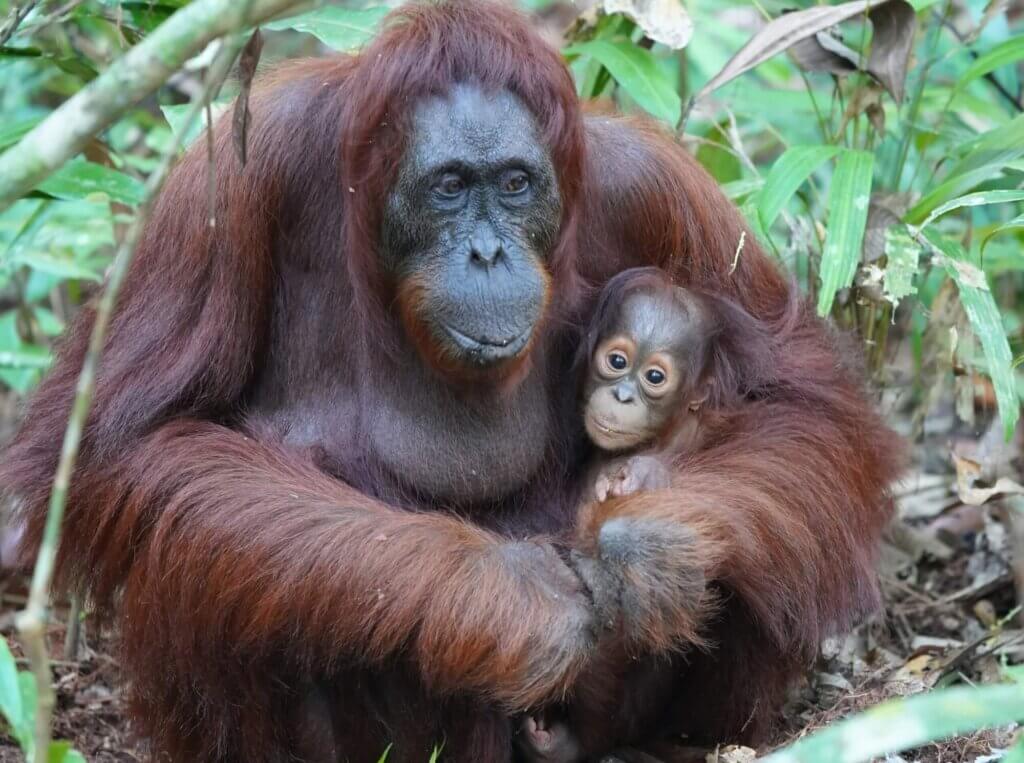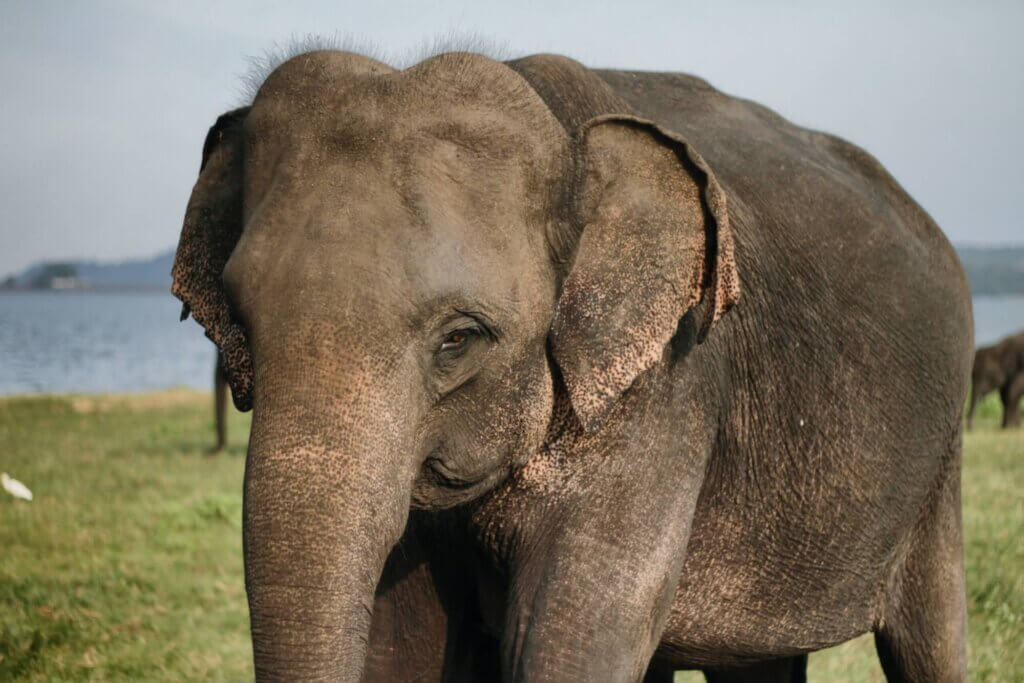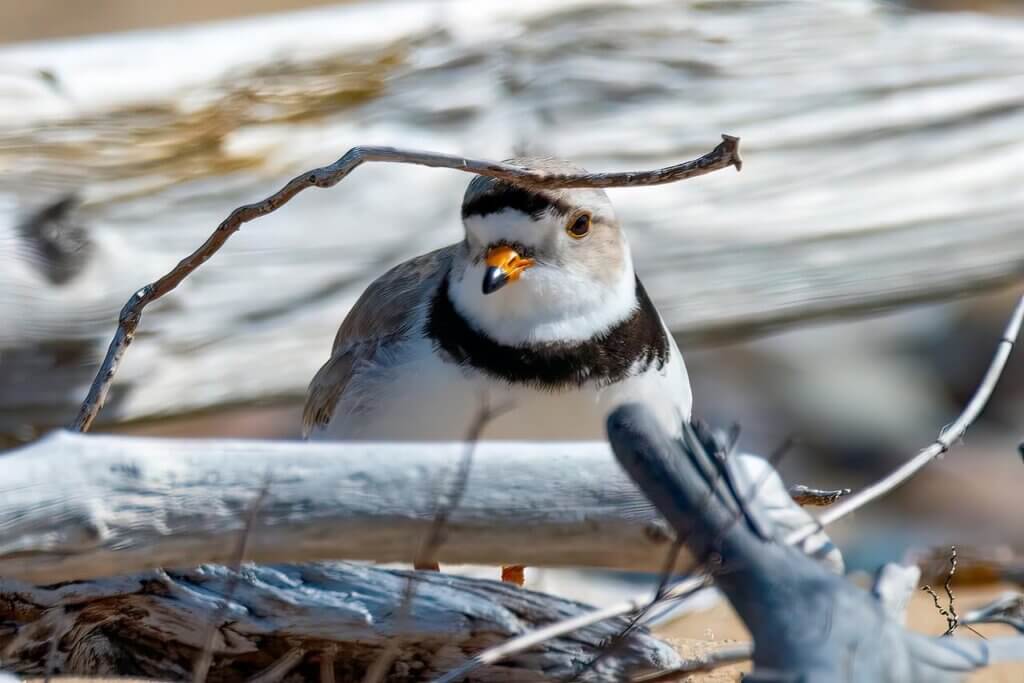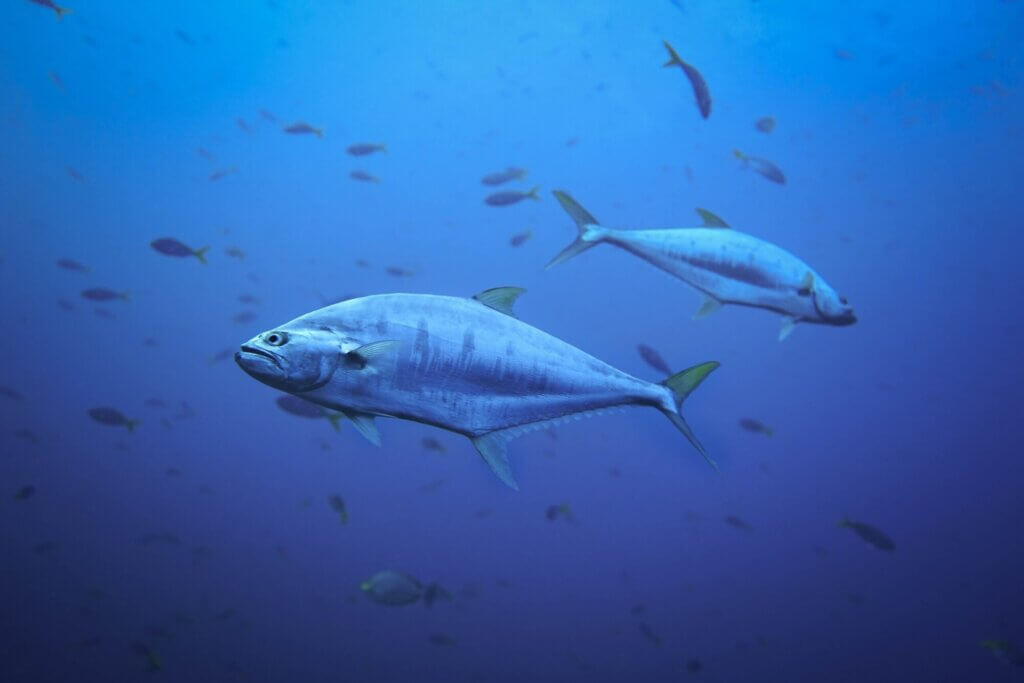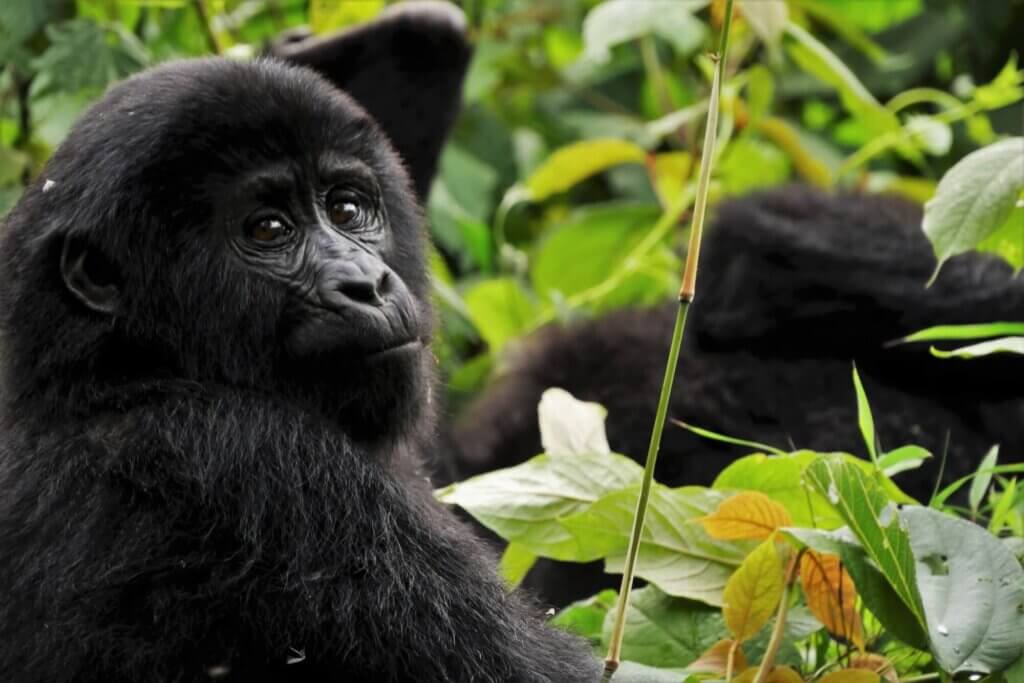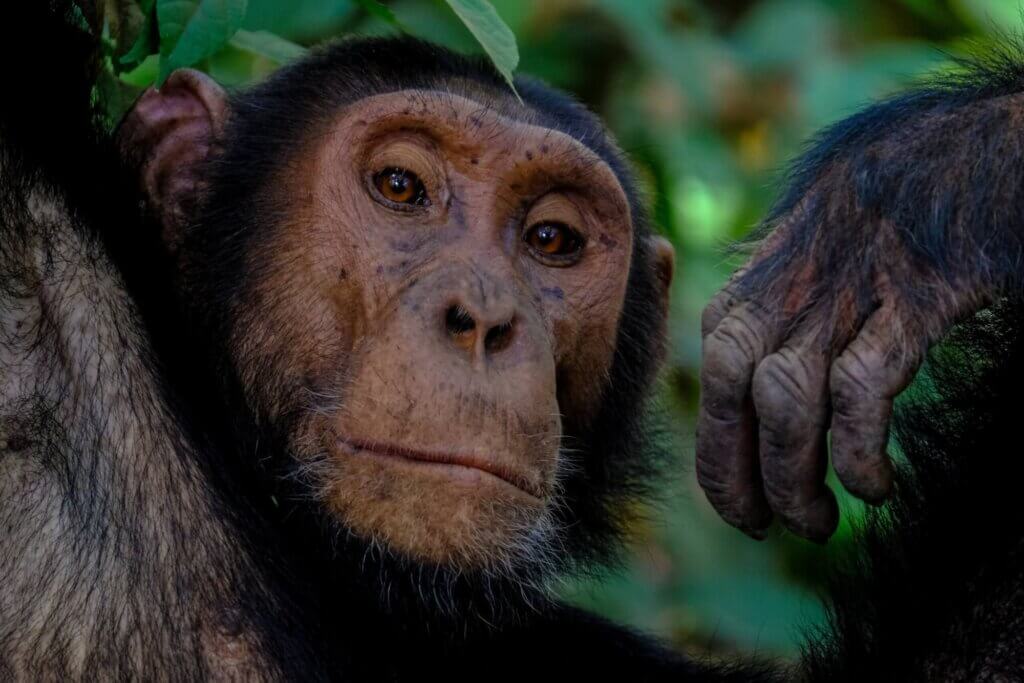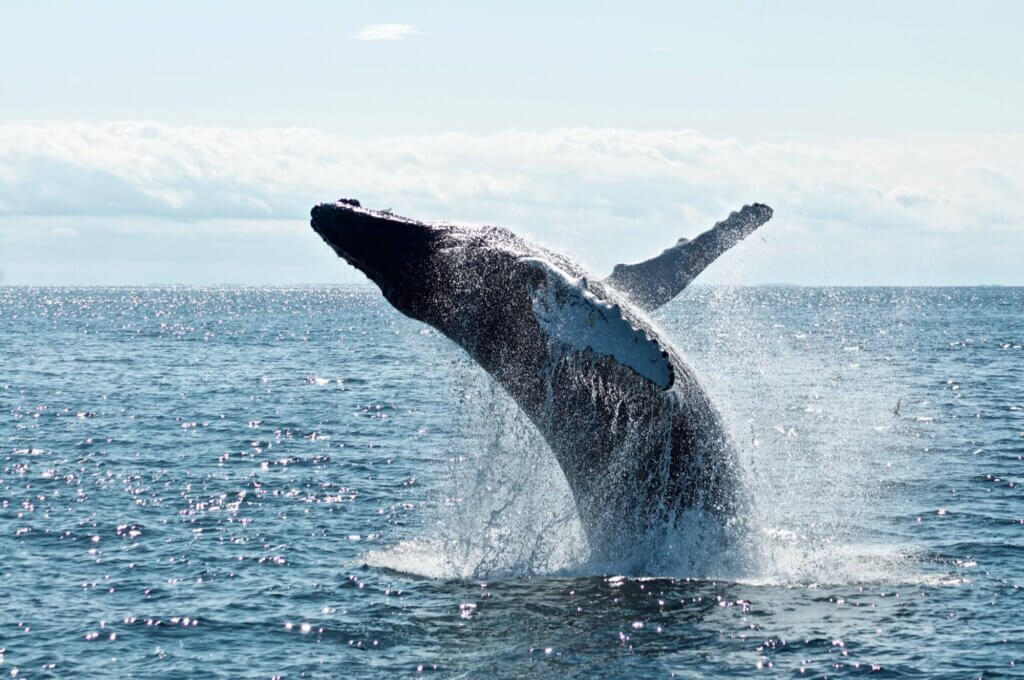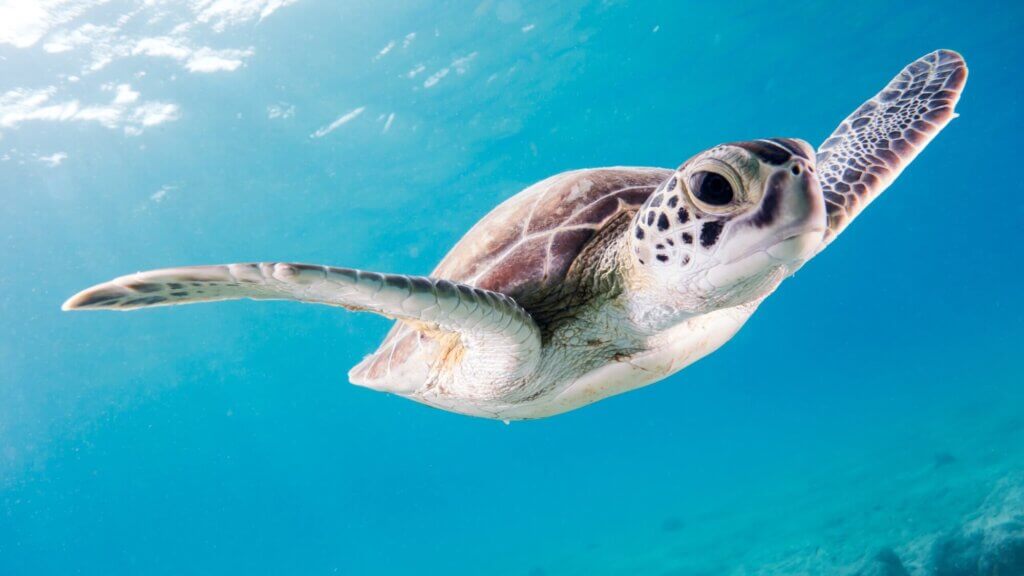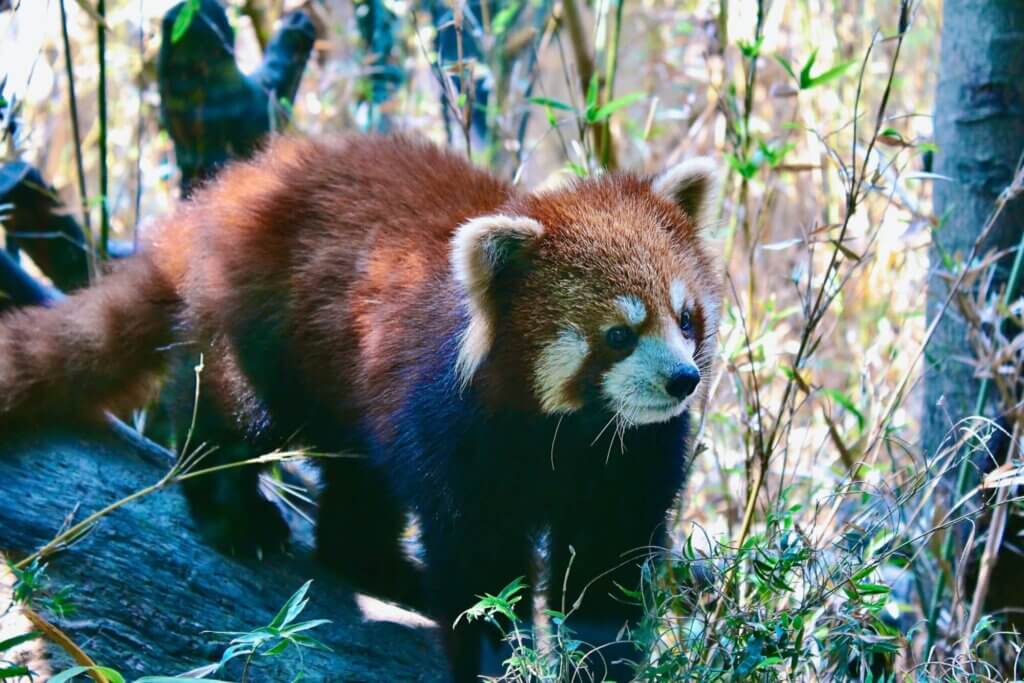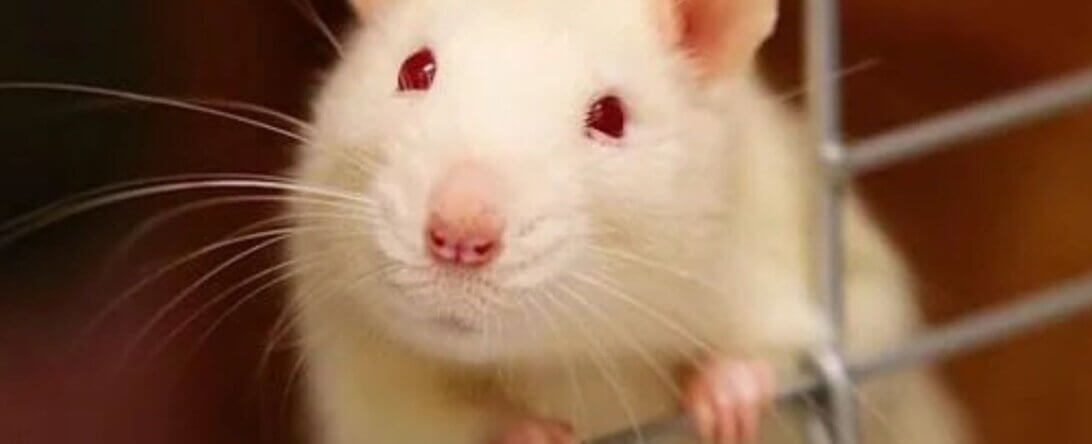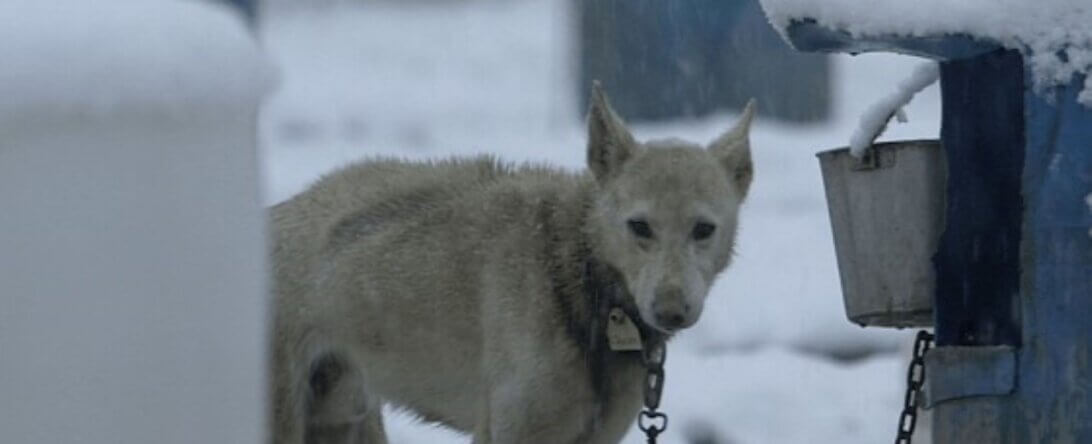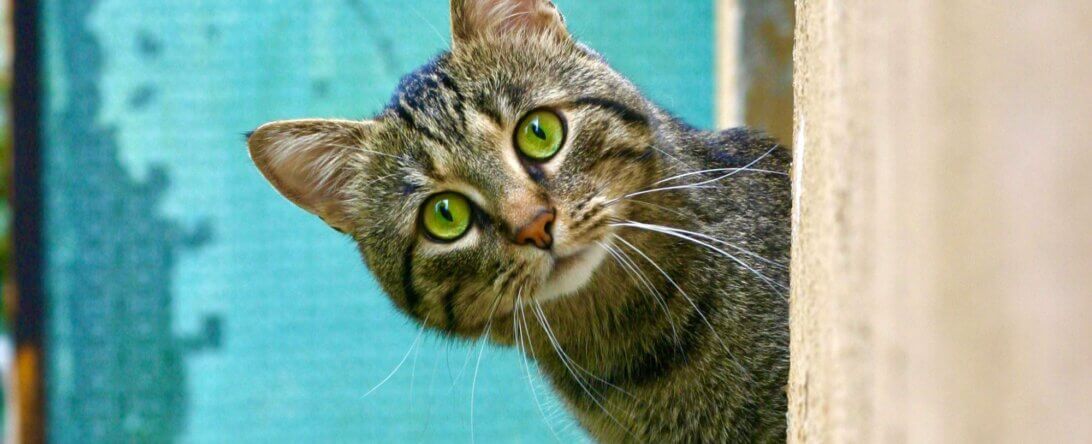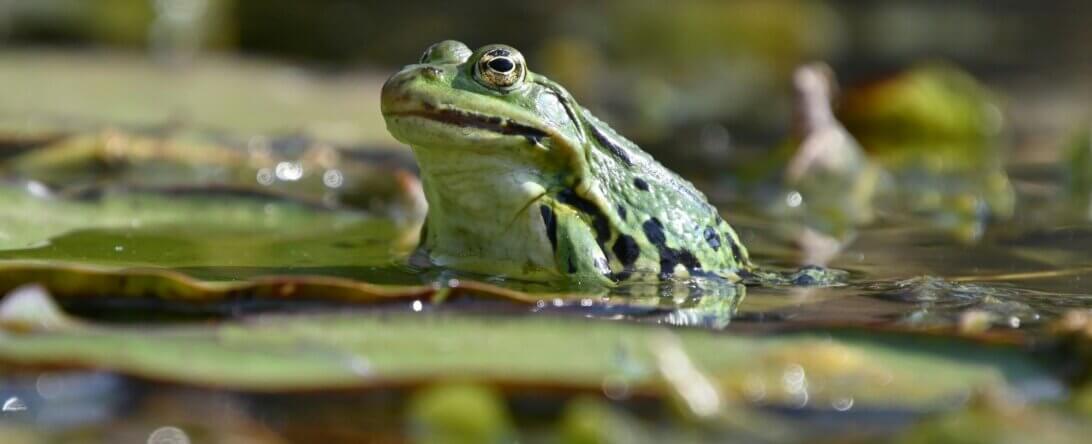Humans Are Making These Animals Endangered
Humans have a huge impact on other species—we destroy their homes, invade their habitats, and often kill their family members when we develop our housing and infrastructure. Our actions create ripple effects on the entire planet and everyone living here. Humans have killed off about 69% of animal populations since 1970, and we’re pushing as many as 1 million species to the brink of extinction. 😨
These are a few of the amazing animals who are endangered due to cruel human choices like hunting, animal agriculture, and others:
Orangutans
Gracefully swinging among branches in Southeast Asia, orangutans are highly intelligent apes who improve the forest’s health by spreading seeds through their dung. They’re introvert legends, enjoying their alone time and making nests in trees to sleep in.
These gentle giants are easy targets for hunters, who kill slow-moving orangutans for food or when the animals relocate into agricultural areas. (This usually happens only when they can’t find food in the forest.) All three orangutan species are critically endangered, according to the International Union for Conservation of Nature’s Red List.
Asian Elephants
Asian elephants are the largest land mammals on their continent. They have thriving social lives and form tight emotional bonds with groups of six or seven related females that are led by the oldest female.
But expanding plantations, farms, and mining sites keep squeezing Asian elephants into smaller pockets of forest. Poaching is another enormous threat. Even though a 1989 global agreement banned the international trade in ivory from elephants’ tusks, people are still selling ivory via illegal and unregulated markets.
Black Rhinos
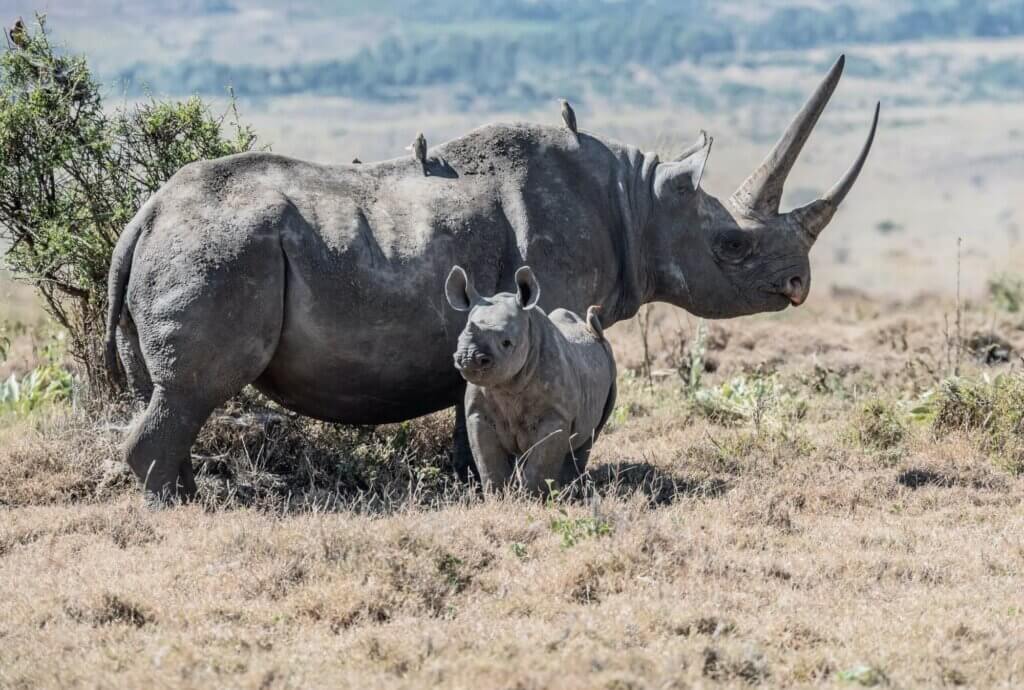
One of the oldest mammal groups, rhinoceroses eat only grass, shrubs, leaves, and other plants in Southern and Eastern Africa and parts of Central Africa. Black rhinos are more endangered than white rhinos.
Between 1960 and 1995, European hunters and settlers pushed black rhino numbers to less than 2,500. Numbers have rebounded in the past few decades, thanks to conservation efforts, but black rhinos are still critically endangered. Humans kill them for their horns, which they sell on the illegal international market.
Piping Plovers
As true “beach birds,” piping plovers spend their days on open sand or gravel beaches in North America, making nests on the shore and tapping their feet on the sand to lure worms to the surface. These sweet-singing birds face a lot of human-fueled threats—like beachside development projects and plastic pollution.
But one of our most dangerous acts for birds has been domesticating and abandoning cats, who kill billions of wild animals each year. Free-roaming cats are such a problem that in 2018, a legal settlement was reached to remove feral cats from Jones Beach in New York to protect piping plovers, who are considered an endangered species.
Bluefin Tuna
These speedy, deep-diving fish migrate across all oceans and can live up to 40 years. They’re extremely skilled hunters with retractable fins for torpedo-like movement and the sharpest vision of any bony fish. Humans have killed large numbers of bluefin tuna in the fishing industry—commercial fishers capture thousands of fish at a time and let them bleed or suffocate to death on ships. Fishers also leave enormous nets in the water, which dolphins, whales, and other sea animals can get caught in.
Gorillas
There are two species and two subspecies of gorillas—Eastern gorillas, consisting of Eastern lowland gorillas and Mountain gorillas, and Western gorillas, consisting of Western lowland gorillas and Cross River gorillas. Each subspecies is endangered because of habitat loss due to deforestation.
Humans have destroyed thousands of square miles of rainforest to make room for farming, leaving gorillas vulnerable to poachers, hunters, and, finally, extinction. Gorillas have an enormous capacity for feelings like joy, sadness, and loyalty to their close-knit fams. Imagine how devastated they must feel when humans tear down their homes. 😢
Chimpanzees
We share about 98% of our DNA with chimpanzees, making them our closest living relatives. Like us, chimpanzees are very social animals who form close relationships and care for their offspring for years. Despite our stunning similarities, humans commit atrocities against chimpanzees—we poach them for meat and kidnap their infants to be sold as “pets” who will be deprived of the opportunity to exhibit natural behavior.
Whales
Whales are absolutely captivating. Their gigantic size, complex communication, and intense devotion to their babies are remarkable. They live in the world’s oceans, where they swim thousands of miles each year and nurse their young.
Hunting whales was way more common centuries ago—in the 1900s, we almost exterminated blue whales, the largest animal ever known to have lived. Some countries still kill over 1,000 whales every year for commercial purposes. The climate catastrophe is also making it harder for whales to find food. And commercial ships collide with whales and trap them in fishing gear. (The animals are called “bycatch.”)
Sea Turtles
Spanning the world’s oceans, seven species of sea turtles lead amazing lives. Their first few years of life are a mystery to us, because it’s really hard to study the time between when they crawl to the sea after hatching and when they return to coastal waters for foraging. We do know they’re expert navigators—females return to the same beach they hatched on to lay their eggs!
Yet we create several threats for these animals by leaving plastic and fishing nets for them to choke on or get caught in and by destroying their habitats through climate change and land-clearing projects.
Red Pandas
Only a bit bigger than cats, red pandas are athletic and acrobatic animals who live mainly in trees in countries like China, India, and Nepal. They love eating bamboo and can survive harsh winters by covering themselves with their bushy tails. 😍
But while red pandas are equipped to handle natural challenges, humans have killed large numbers of them through unnatural practices. Human-fueled deforestation is demolishing their habitats to make room for roads, mining sites, and farms, where even more cruelty toward animals takes place.
Tigers
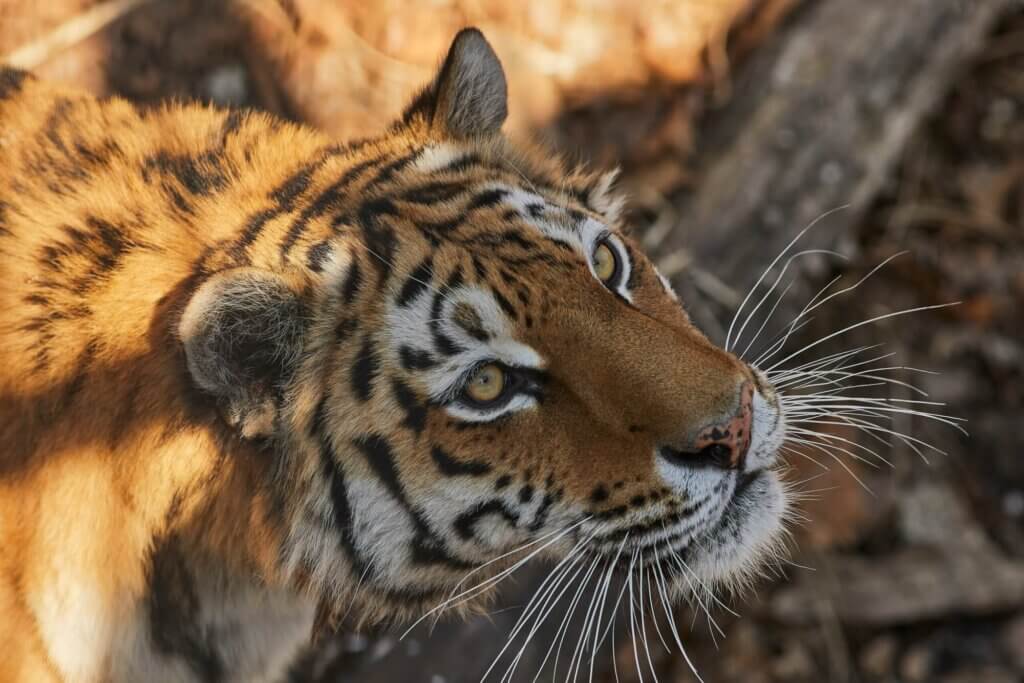
For being such iconic animals, tigers have shockingly low populations—only about 4,500 remain in nature. They mainly live in Southeast Asia, and cubs stay with their mothers for about two years, until they learn to hunt on their own.
Tigers have lost about 95% of their historical living area because of humans’ practice of cutting down forests for timber and agricultural land. There are also about 13,000 tigers living in captivity around the world—three times more than the number of wild tigers. Depending on who’s holding the animals captive, their lives can range from boring and unfulfilling to straight-up hellish.
*****
Humans need to make major changes now to reverse this trend and to help these and other endangered species thrive in their natural environments. Doing this might feel overwhelming, but there are so many ways you can make a difference:
- One of the most important things you can do is go vegan—it spares animals being killed for food, reduces your carbon footprint, and helps protect the rainforest. If you need some extra help to make the transition, order a free “Guide to Going Vegan.”
- Use recyclable materials whenever possible, and reduce your use of plastic.
- Finally, be sure to have your animal companions spayed or neutered and keep cats indoors to protect small animals like birds and squirrels.
These personal changes can boost the Earth’s health and save endangered animals’ lives. 😊
Text peta2 to 30933 for ways to help animals, tips on compassionate living, and more!

Terms for automated texts/calls from peta2: http://peta.vg/txt. Text STOP to end, HELP for more info. Msg/data rates may apply. U.S. only.

